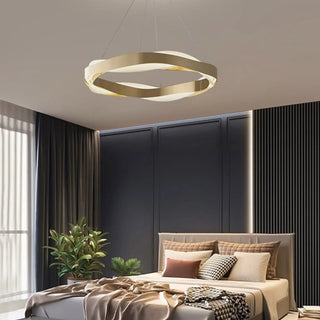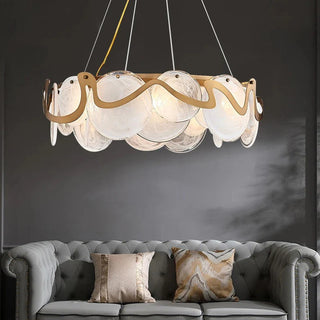In the world of interior lighting design, sometimes it's not about what you see, but rather what you don't see. Recessed lighting, also known as can lights or downlights, embodies this concept perfectly. In this exploration of recessed lighting, we delve into the art of disappearing design, where functionality and subtlety converge to create beautifully illuminated spaces.
1. Sleek and Seamless Integration:
Recessed lighting fixtures are installed flush with the ceiling or wall, creating a seamless and streamlined appearance that blends effortlessly with the surrounding architecture. Unlike traditional pendant or chandelier lights that command attention, recessed lights are discreet and unobtrusive, allowing other design elements to take center stage.
Design Insight: Embrace the minimalist aesthetic of recessed lighting by opting for trimless fixtures that seamlessly blend into the ceiling or wall, eliminating any visible edges or boundaries. This sleek integration ensures a clean and contemporary look that enhances the overall design of your space.
2. Versatile Lighting Solutions:
One of the key advantages of recessed lighting is its versatility. These discreet fixtures can be used for various lighting purposes, including ambient, task, and accent lighting, making them suitable for virtually any room in your home. Whether illuminating a kitchen workspace, highlighting artwork in a gallery, or creating a cozy atmosphere in a living room, recessed lights offer flexible solutions to meet your lighting needs.
Design Insight: Experiment with different beam angles, bulb types, and spacing configurations to achieve the desired lighting effects in each area of your home. Use adjustable trims or directional fixtures to direct light precisely where it's needed, allowing you to create focal points and enhance visual interest within your space.
3. Enhancing Architectural Features:
Recessed lighting can be used strategically to highlight architectural features, such as vaulted ceilings, exposed beams, or decorative moldings, adding depth and dimension to your interior design. By washing walls with subtle illumination or grazing textured surfaces with light, recessed fixtures draw attention to the unique characteristics of your space, creating visual drama and intrigue.
Design Insight: Take advantage of the architectural elements in your home by using recessed lighting to accentuate their beauty and craftsmanship. Experiment with different lighting techniques, such as wall washing, grazing, or shadowing, to enhance texture, create depth, and evoke a sense of spatial complexity within your environment.
4. Invisible Elegance:
Perhaps the most captivating aspect of recessed lighting is its ability to achieve elegance through invisibility. When properly installed and integrated, recessed fixtures become virtually invisible, allowing the illuminated space to take center stage without distraction. This understated elegance lends a sense of sophistication and refinement to any interior design scheme.
Design Insight: Prioritize precision and subtlety in the placement and installation of recessed lighting fixtures to maintain a seamless and cohesive aesthetic. Consider the overall balance and harmony of light distribution throughout your space, ensuring that each area is evenly illuminated to create a cohesive and visually pleasing environment.
Recessed lighting represents the art of disappearing design, where functionality and subtlety converge to create beautifully illuminated spaces that are both understated and elegant. By seamlessly integrating into the architecture, offering versatile lighting solutions, enhancing architectural features, and embodying invisible elegance, recessed lighting transforms interiors with effortless sophistication and style.
Design Philosophy: Embrace the understated beauty of recessed lighting and let its subtle presence enhance the ambiance and aesthetics of your space. By mastering the art of disappearing design, you can create seamlessly illuminated environments that inspire, uplift, and delight, proving that sometimes, less is truly more in the world of interior lighting design.
Stay tuned for more insights into the ever-evolving world of interior lighting and design.









